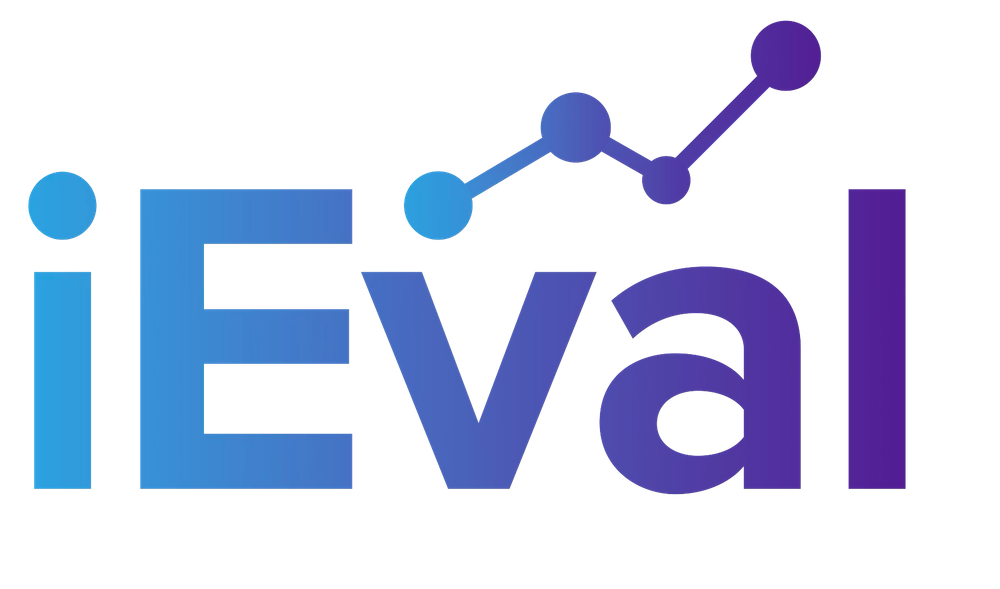I recently went to the D23 Expo in Anaheim, California. This was a conference for Disney fans! I got to attend panels where I learned past Disney secrets (e.g., photos from Disneyland’s early days, 20-year reunion of the group that created Toy Story) and upcoming Disney excitement (e.g., new parks & resorts experiences, upcoming animated films, upcoming Star Wars and Marvel films). I also got the opportunity to meet and share with Disney fans from all over the world. I went purely for myself, since I love Disney everything, and I never dreamed I would learn something that could be applicable to my evaluation practice.
In a session with John Lasseter, Andrew Stanton, Pete Docter, and others from Pixar, I learned about a technique created by Ralph Eggleston (who was there too!) called color scripting. Color scripting is a type of story boarding, but Ralph would change the main colors of each panel to reflect the emotion the animated film was supposed to portray at that time. It helped the Pixar team understand what was going on in the film emotionally at a quick glance, and it also made it easier to create a musical score to enhance those emotions. You can click here to see some examples of color scripting. I thought it was a fascinating idea, and I didn’t really think about it again.
Then, a few days later for work, I was sitting in a large event, observing from the back of the room. I started taking notes on the engagement and enthusiasm of the audience based on who was presenting. I created some metrics on the spot including number of people on their mobile devices, number of people leaving the event, laughter, murmuring, applause, etc. I thought I would create a simple chart with a timeline of the event, highlighting who was presenting at different times, and indicating if engagement was high/medium/low and if enthusiasm was high/medium/low. I quickly realized, after the event was done, that engagement and enthusiasm were 100% related. If engagement was high, then enthusiasm was high (although it may have lagged behind a few minutes). So, instead of charting two dimensions, I really only needed to chart one: engagement & enthusiasm combined. That’s when it hit me – color scripting! Okay, I’m no artist like Ralph Eggleston, so I wasn’t going to storyboard who was on the stage at the various times during the event, but I could use a simple color scheme. Below, I’ve put an example of what I’ve done, removing the names of who was presenting at the time. I'm not going to call it color scripting because there's no underlying script, so how about color boarding? You can get the general idea...
In sharing this with the clients who put on the event, they could clearly see how the audience reacted to the various elements of the event. It will be helpful in determining how to improve the event in the future. This was a quick and easy visual, made in Excel, to illustrate the overall reactions of the audience. I also included some commentary on each portion of the event, including suggestions for the future, so the color board was not created to be used in isolation.
DR. TACKETT’S USEFUL TIP: You never know where you’re going to learn a technique or tool that could be useful in your evaluation practice and useful to the client. Be open to learning everywhere you go!


